Can you run low voltage current through galvanized steel suspension cable?
Yes you can.
These lamps use the two steel rods as uninsulated conductors to transfer 12V to the lamp

While yours uses cables, these lamps use the two steel rods as uninsulated conductors to transfer 12V to the lamp !!! eg This and this and this and many of these
Yes you can.
As Drew says - check the resistance.
You can even use 2 cables as the two leads in a circuit - AC or DC.
You can even do it uninsulated (as long as they are insulated from each other.
AND many desklamps with two steel (plated or stainless) rods to suspend the map use the two uninsulated rods as power conductors.
AND you can draw power from the two rods/wires by direct connection - power a device, short out the lamp, burn down the house if you are clever.
ie YES it's done even uninsulated - AND it's a bad idea (but viable with due care). Limiting voltage and current helps.
To be clear, you're saying it will work, but is a bad idea to use an uninsulated steel cable to do this? I essentially had an upside down version of this is mind, with the 2 steel cables suspending a horizontal 4' dowel with the led strip in/on it. These lamps you linked are dangerous?
Everything is dangerous. Some things are more dangerous than others :-) :-(.
I'd consider doing it myself BUT I have a lot of experience in not burning things down :-). The lamps I linked to have been for sale for decades and still are afaik. I'd say that an unknown some house fires would have been caused by them. Maybe not many. Maybe even none.
Your system is safer as it is up out of the way, nothing (usually) interacts with it and the tension keeps the wires aligned. You have to try quite hard to make fire from such a power source (ask me how I know :-) ) but it can be done.
I suggest being aware of the risks (now you more or less are) and be sure that your insurance cover or state of mind is up to whatever the worst case consequences are. If current can be limited to no more than the lamp needs, so much the better. Good would be a monitoring circuit that shut off power if other than a lamp load was detected. Few would bother to do that.
Summary - it's your risk, I'd rate it "safe enough" while noting the possibilities.
Sleeving at least one wire in clear plastic would help heaps Even a heavy clear varnish spray would help improve safety.
